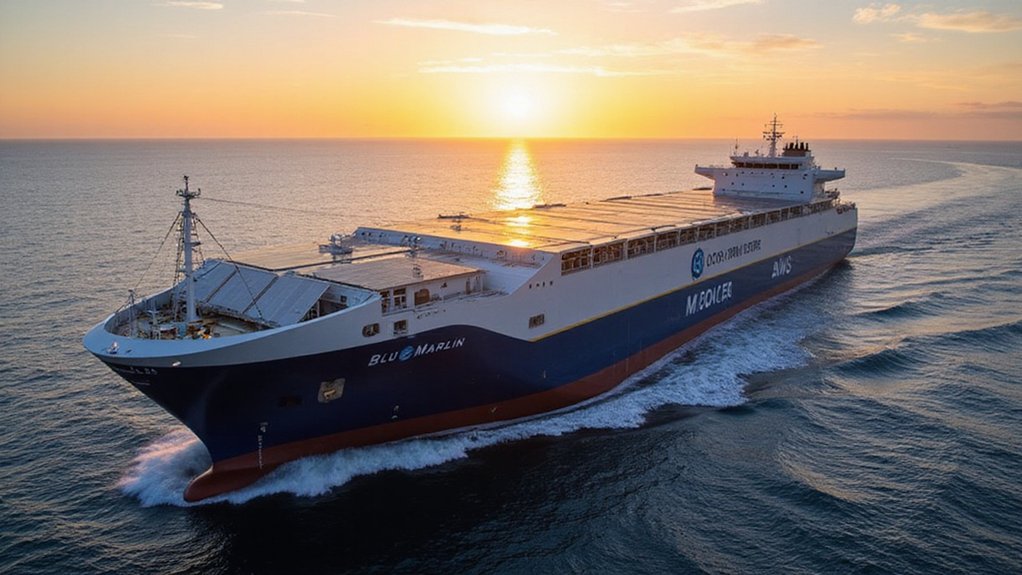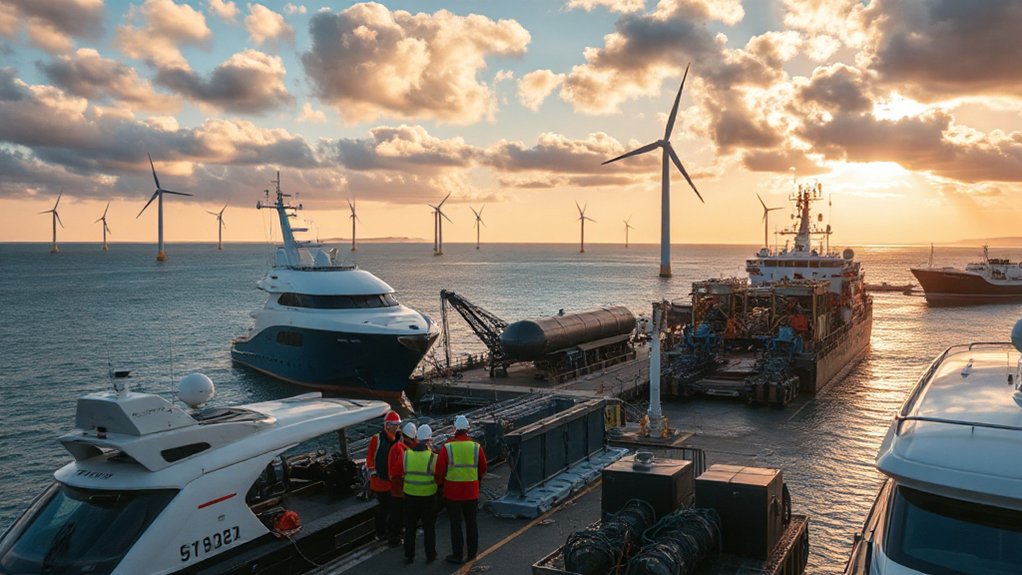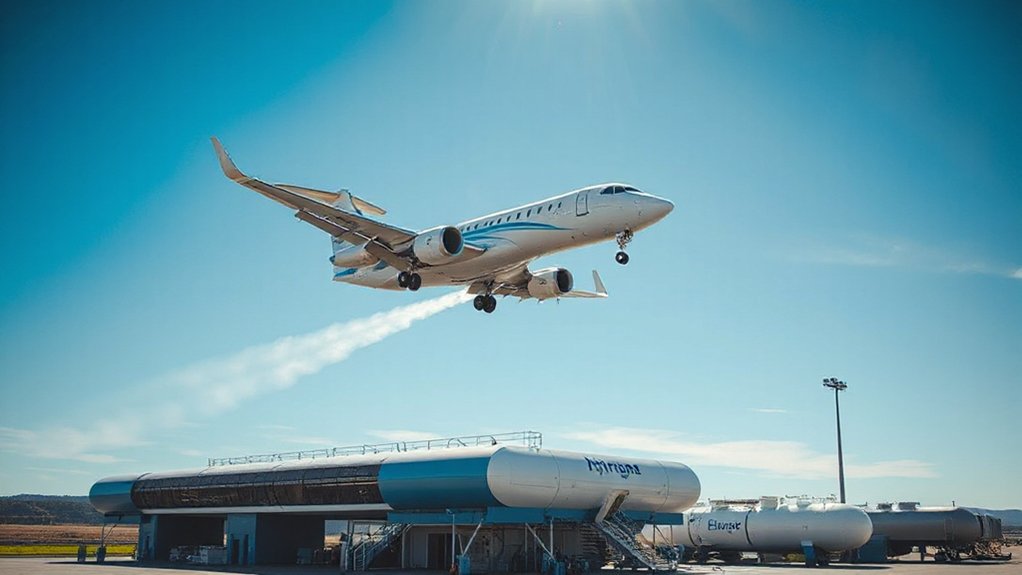Innovation on the high seas has taken a breathtaking leap forward. The cargo vessel Blue Marlin has just accomplished what skeptics claimed impossible—sailing without diesel power. Yeah, you heard that right. No diesel. At least sometimes.
The Blue Marlin isn’t your average cargo ship. It’s equipped with 192 solar panels that generate up to 35 kW under ideal conditions. That’s enough to produce about 37,500 kWh annually. Not too shabby for a bunch of panels sitting on a boat.
What makes this vessel groundbreaking? It’s the first inland vessel globally to use solar power directly for propulsion. The system wasn’t slapped together by amateurs either. Wattlab developed and installed the technology, pushing beyond what previous generations could achieve.
Don’t get too excited—diesel hasn’t completely disappeared. Four generators remain, working alongside the solar setup. But here’s the twist: during light-load, downstream travel, this beast can operate without fossil fuels. That’s an industry first. Finally, some actual progress.
The automated energy management system is pretty clever. It handles peak shaving, preventing unnecessary generator startups during high-demand periods. This innovation mirrors advancements being discussed at the upcoming virtual conference focused on EV charging infrastructure and fleet electrification. The system distributes power where needed, when needed. No human fiddling required.
Installation took about a week. Not bad for a technological breakthrough. The collaboration between Wattlab, Blommaert Aluminium, and Van Tiem Electro made it happen. The Blue Marlin follows HGK’s earlier vessel MS Helios, which was recognized in the Guinness Book of Records in 2024 for its solar implementation. This project exemplifies the renewable portfolio standards that governments worldwide are implementing to encourage utilities to adopt greener energy solutions. The Blue Marlin also features remote-controlled operations. Two innovations for the price of one.
Let’s be real though—there are limitations. Solar-only operation isn’t continuous. It depends on sunlight and route conditions. Diesel backup ensures you’re not stranded when clouds roll in. Inconvenient reality, but physics doesn’t care about our green ambitions.
Still, this project marks a significant step toward sustainable maritime transport. Lower emissions. Greater efficiency. A blueprint for future vessels. Not the complete transformation environmentalists dream about, but a solid start. Sometimes small steps make big waves.
References
- https://chargedevs.com/newswire/wattlab-delivers-a-hybrid-solar-powered-inland-shipping-vessel/
- https://www.porttechnology.org/news/wattlab-powers-first-solar-hybrid-inland-cargo-vessel/
- https://maritime-executive.com/article/first-inland-cargo-vessel-launched-capable-of-sailing-with-solar-power
- https://workboat365.com/wattlab-powers-hgk-shippings-blue-marlin-with-solar-hybrid-system/
- https://www.marineinsight.com/shipping-news/blue-marlin-becomes-worlds-first-solar-powered-inland-cargo-vessel/








